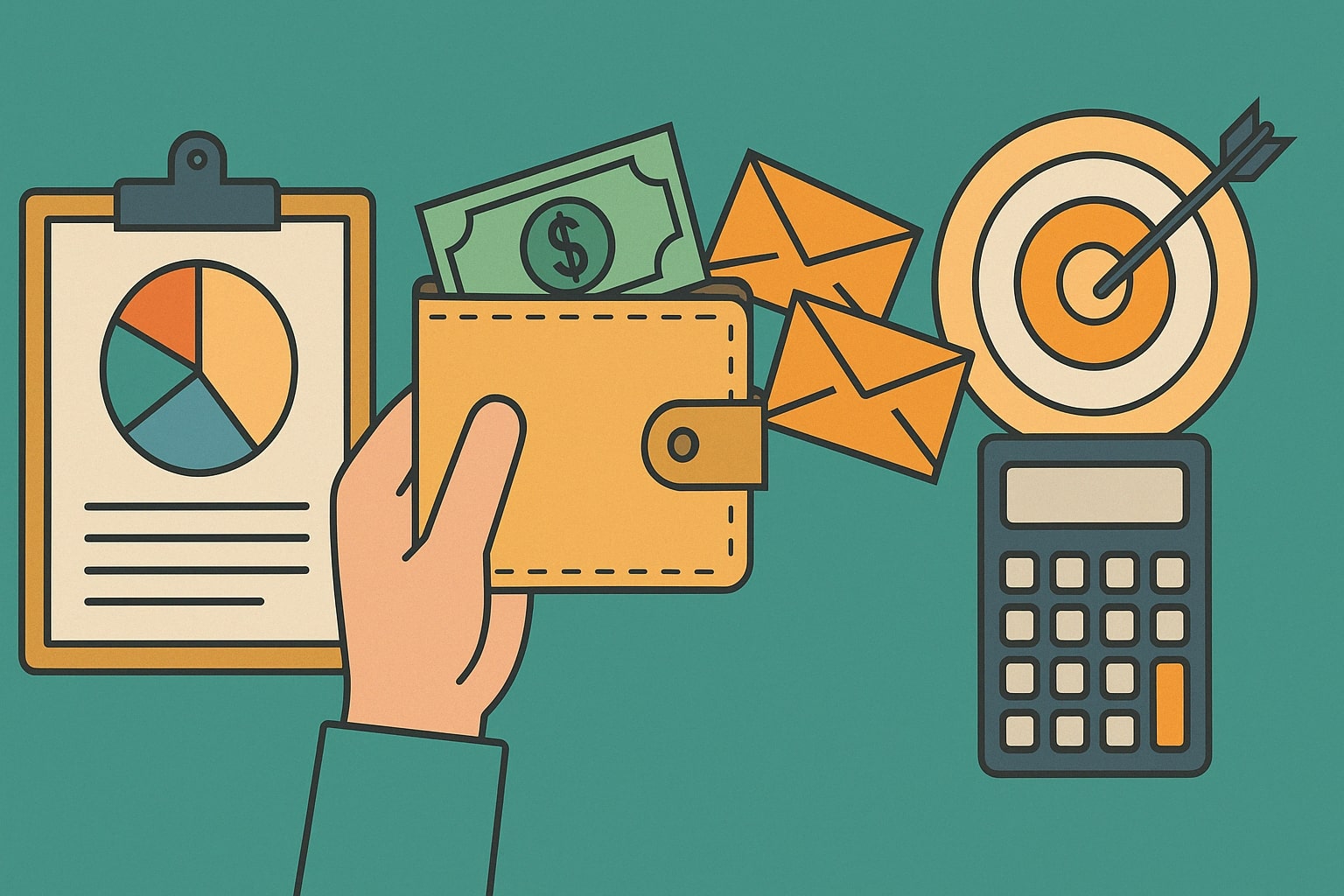Budgeting Doesn't Have to Suck: Finding a System That Works for You

So you tried budgeting – maybe the basic 50/30/20 rule we talked about before – and it felt... okay? Or maybe it felt like wearing someone else's slightly uncomfortable shoes? Good news: budgeting isn't one-size-fits-all! If your first attempt didn't click or felt too restrictive, it doesn't mean budgeting itself sucks. It probably just means you haven't found your system yet.
The goal of budgeting is financial control and reaching your goals, not misery. Your personality (are you super detailed or more big picture?), your income style (steady paycheck or variable?), and your specific financial goals (aggressively paying off debt vs. saving for travel?) all influence which method might feel most natural and sustainable.
Let's explore a few popular budgeting styles beyond the basics:
Budgeting System #1: The Zero-Based Budget
Concept: Give every single dollar a job. Your income minus all your expenses (including savings, debt payments, and spending) should equal zero at the end of the month.
How it Works: List your total monthly income. Then, meticulously list every expense – fixed bills (rent, subscriptions), variable costs (groceries, gas), savings goals (emergency fund, retirement), and debt payments. Assign a dollar amount to each category until all your income is allocated. Apps like YNAB (You Need A Budget) are built around this philosophy.
Who It's Good For:
- Detail-oriented people who like precision.
- Anyone wanting maximum control over where their money goes.
- Those aggressively tackling debt or boosting savings rates.
Potential Downside: Can feel time-consuming, especially at first. Might feel restrictive if you don't build in some flexibility (like a "miscellaneous" category).
Budgeting System #2: The Envelope System (Cash or Digital)
Concept: Use designated "envelopes" for specific variable spending categories where you tend to overspend (like groceries, dining out, entertainment, clothing). When the money in an envelope is gone, you stop spending in that category until the next month.
How it Works:
- Cash Version: Withdraw cash for your budgeted amounts and put it into physical, labeled envelopes.
- Digital Version: Use apps (like Goodbudget or Mvelopes) that allow you to create virtual envelopes funded from your bank account. Fixed expenses (rent, utilities, loan payments) are typically paid normally from your bank account, not via envelopes.
Who It's Good For:
- Visual or tactile learners who benefit from seeing physical limits.
- People struggling with credit/debit card overspending in certain areas.
- Those who find tracking every single penny exhausting but need limits on specific categories.
Potential Downside: Carrying cash can be inconvenient or feel unsafe for some. Requires discipline to truly stop spending when an envelope is empty.
Budgeting System #3: Values-Based Budgeting
Concept: Less focus on tracking every cent, more focus on aligning your spending with what you truly value. You consciously decide where you want to spend generously and ruthlessly cut costs on things that don't matter much to you.
How it Works: Identify your core values (e.g., travel, experiences, security, learning, health, generosity). Automate your essential savings and bill payments first. Then, allocate significant funds towards your high-priority value categories. For everything else? Be extremely frugal. This requires honest self-reflection about what truly brings you joy and fulfillment.
Who It's Good For:
- People who feel stifled by traditional, granular budgets.
- Big-picture thinkers focused on life goals.
- Those who want their spending to reflect their priorities intentionally.
Potential Downside: Less precise tracking means you need strong self-awareness to avoid unintentional overspending. Requires clarity on your values.
Making It Stick: Tips for Success (With Any System)
- Be Realistic: Don't slash all your 'fun' spending overnight. Make gradual changes.
- Automate: Set up automatic transfers for savings, investments, and bill payments.
- Check-In Regularly: Briefly review your budget weekly or bi-weekly. Adjust as needed – life happens!
- Find a Buddy (Optional): Sharing your goals with a trusted friend can help with accountability.
- Aim for Progress, Not Perfection: You might slip up. Don't abandon the whole system! Just get back on track next pay cycle.
Find Your Fit
The "best" budget system is simply the one you will consistently use. Don't be afraid to experiment! Try one method for a month or two. If it doesn't feel right, try another. Finding the right fit transforms budgeting from a chore into a powerful tool for building the financial life you want.
Disclaimer:
The information provided in this article is for informational and educational purposes only and does not constitute financial, investment, legal, or tax advice. The content is based on sources believed to be reliable, but the author and publisher make no representations or warranties as to its accuracy, completeness, or timeliness.
The author is not a licensed financial advisor, registered investment adviser, or broker-dealer. You should consult with qualified professionals (such as a Certified Financial Planner®, accountant, or attorney) who can assess your individual situation before making any financial decisions or taking any action based on the information presented here.
Investing involves risk, including the possible loss of principal. Past performance is not indicative of future results. Any examples or discussions of specific investments, strategies, or products are for illustrative purposes only and are not endorsements or recommendations.
Financial markets and regulations change frequently, and the information in this article may become outdated. We are not obligated to update any information herein. Your financial situation is unique, and any decisions you make should be based on your own research, due diligence, and consultation with professional advisors, considering your personal objectives, risk tolerance, and financial circumstances. Reliance on any information provided in this article is solely at your own risk.
Stay Ahead with Our Newsletter
Get exclusive financial insights, market analysis, and expert tips delivered directly to your inbox.